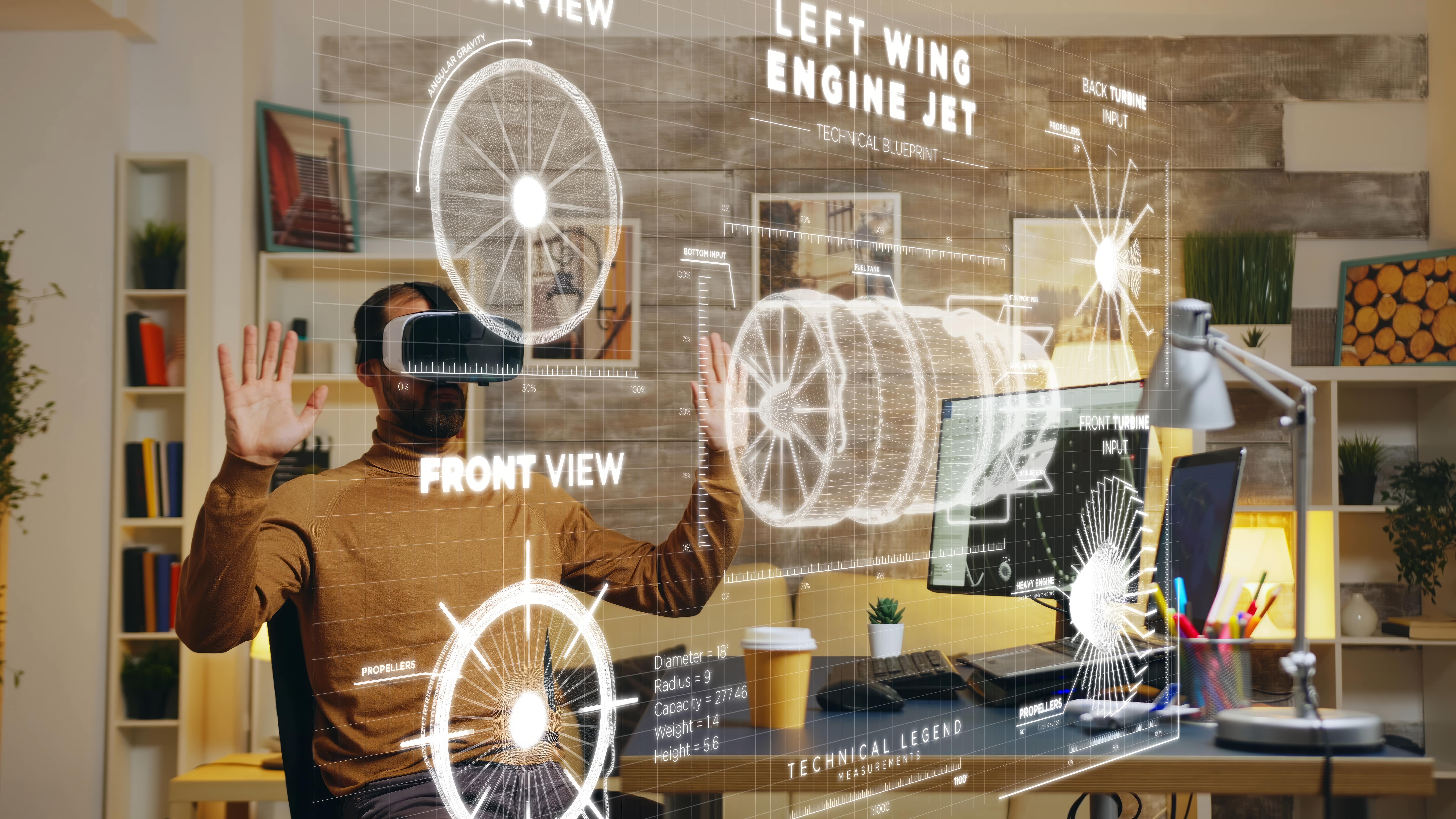info@sadi.co.ke
+254727368241
Web design has always evolved with technology, from static pages to dynamic, responsive layouts. Today, brands are witnessing the resurgence of 3D websites, driven by advancements in WebGL, augmented reality (AR), and interactive design tools. These immersive platforms are transforming digital storytelling and reshaping how customers interact with brands online.
In the early 2000s, 3D web elements were limited by slow internet speeds and weak graphics performance. But with modern browsers, faster connections, and powerful devices, 3D design is now seamless and accessible. Businesses are adopting it to:
Create engaging, interactive brand experiences.
Stand out in crowded digital markets.
Increase customer retention with immersive storytelling.
A 3D website offers more than visual appeal—it builds an environment where users feel part of the brand. Interactive product models, 360-degree tours, and gamified experiences give customers control and engagement. This immersion leads to:
Higher time spent on websites.
Stronger emotional connections with brands.
Improved conversion rates through interactive product exploration.
Several industries are already leveraging 3D websites for business growth:
E-commerce – Virtual product try-ons and realistic previews.
Real Estate – 3D property tours for buyers and investors.
Fashion and Luxury – Digital showrooms with interactive storytelling.
Gaming and Entertainment – Immersive fan experiences and virtual events.
These industries showcase how 3D design elevates brand presence and customer engagement.
Despite its potential, 3D design brings certain hurdles:
Loading speed – Heavy 3D assets may slow performance.
Development costs – Building 3D experiences requires expertise.
Accessibility – Ensuring all users, including those with disabilities, can enjoy the experience.
Brands must balance creativity with usability and optimization.
As technologies like AR, VR, and the metaverse expand, immersive digital experiences will become mainstream. Brands that embrace 3D websites early will set themselves apart, offering customers innovation, interactivity, and deeper engagement.
The return of 3D websites signals a new chapter in digital branding. By delivering immersive digital experiences, companies can stand out, connect with audiences on a deeper level, and drive business growth. For forward-thinking brands, the future of web design is already here—three-dimensional, interactive, and unforgettable.
 September 16, 2025 - BY Admin
September 16, 2025 - BY Admin